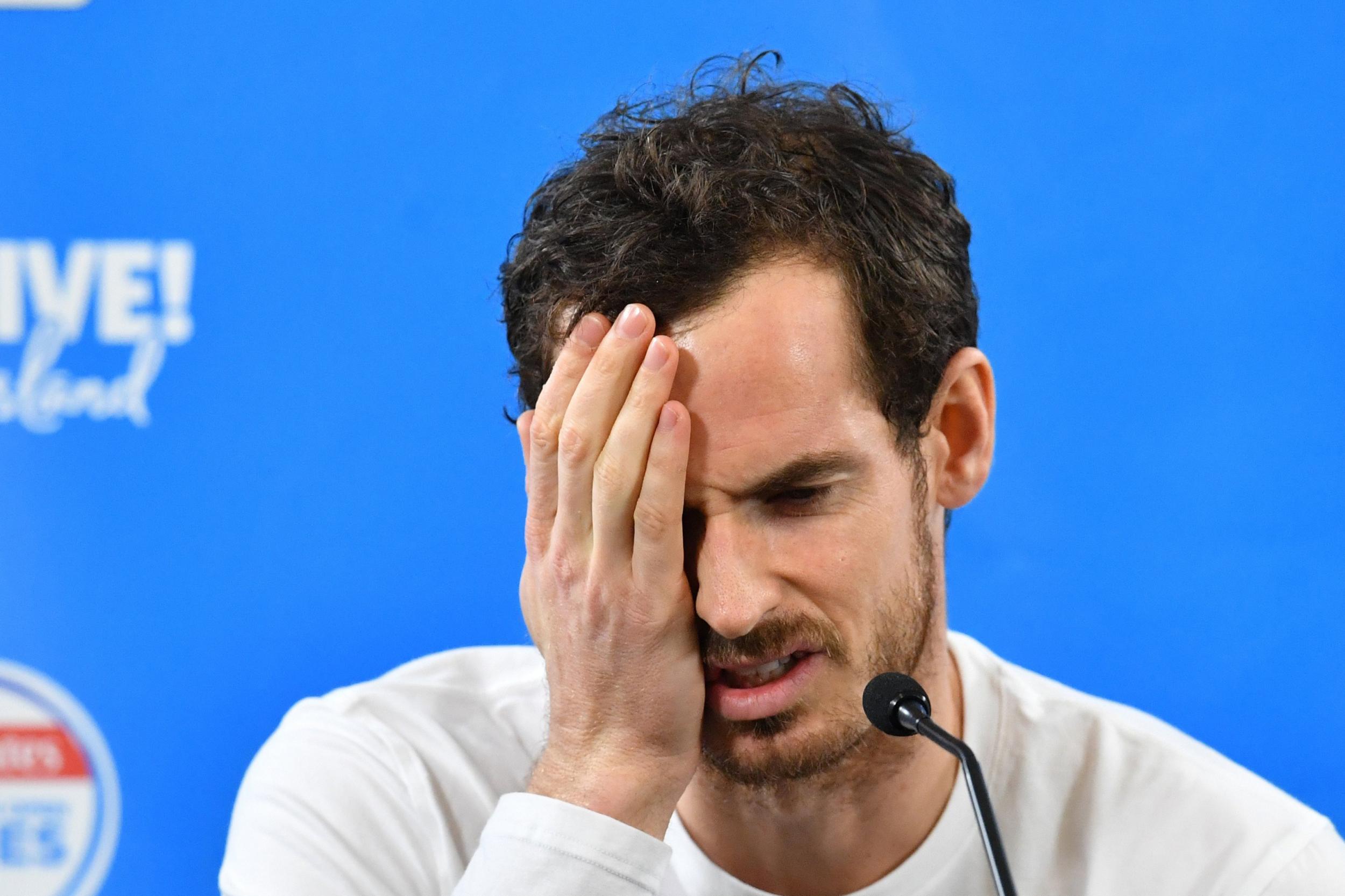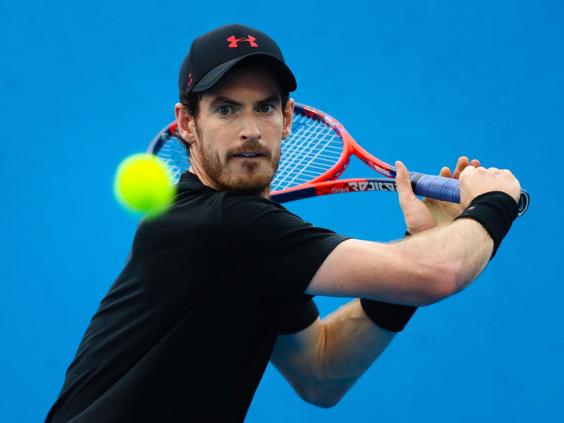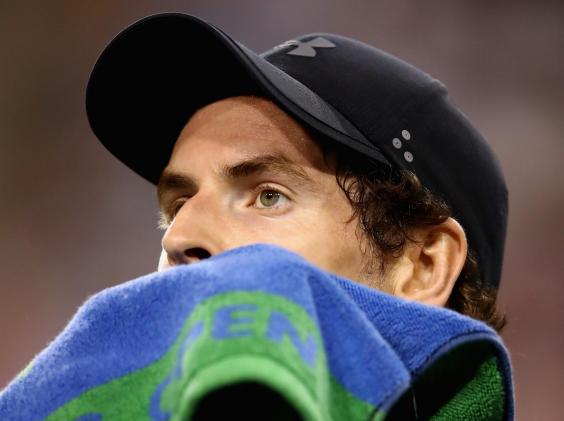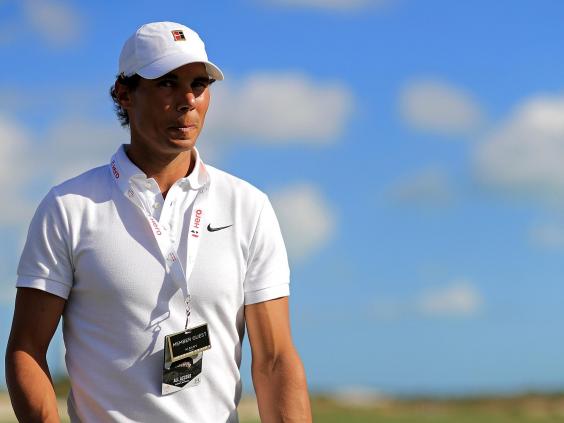For the last 10 years Andy Murray’s name has been inseparable from those of Roger Federer, Rafael Nadal and Novak Djokovic while the so-called “Fab Four” have dominated what has been a golden age for the men’s game.
As a disconsolate Murray started his long journey from Brisbane back to Britain on Thursday, having conceded defeat in his latest attempts to recover from the hip problem which has kept him off the court for the last six months, the 30-year-old Scot will surely be hoping that in future years his name will not be bracketed with some other major figures in recent tennis history. Gustavo Kuerten, Lleyton Hewitt, Magnus Norman, Tommy Haas, David Nalbandian and Greg Rusedski are all members of an illustrious group of former players whose careers were either ended or seriously disrupted by hip injuries.
With most tournaments now played on hard courts, which are much less forgiving than grass or clay, the increasingly physical nature of the modern game places huge stresses on players’ bodies.
“Hips take a massive beating,” Johanna Konta said here on Thursday after her own Australian Open preparations were disrupted by a hip injury which forced her retirement early in the third set of her Brisbane quarter-final against Elina Svitolina. “Our game is becoming more and more physical and the demands of the tour, week in and week out, are becoming greater just because of the level of play, match in and match out.”
Britain’s Kyle Edmund, who is through to the quarter-finals here, said that hip injuries were particularly troublesome for tennis players “because it’s very hard to identify what’s going on”. He added: “Everything goes through the hip – loading, running, speed, turning, everything.”
While Murray had been hoping that rest and rehabilitation would cure his own hip injury, which first surfaced at last summer’s French Open, the Scot admits that he will now have to consider an operation. He wanted to avoid that option because the chances of success were “not as high as I would like”, though there have been players – Hewitt and Haas among them – who have returned to high-level competition after surgery.
There is still a chance, moreover, that Murray will regain full fitness without going under the surgeon’s knife. The Scot, who has never revealed the exact nature of his injury, might want to take heart from the recent experiences of South Africa’s Kevin Anderson, who missed last year’s Australian Open because of a hip problem but ended the summer reaching his first Grand Slam final in New York.
Murray’s recent efforts, nevertheless, have smacked of desperation. How else would you describe flying halfway around the world, playing a practice set in the Middle East on the way, training for three days here and then pulling out of both Brisbane and Melbourne before flying home again, all in the space of just six days? The emotional message that Murray posted on Instagram on Tuesday was evidence of the turmoil he has been going through.
If Murray does opt for surgery, it is likely to be several more months before he returns to competition. Moreover, even if he did return after surgery, the likelihood is that it would take him a long time to recover his former levels. Although it would be very difficult to compare the two experiences, it took Murray some 15 months to get back to his best after the back surgery he underwent in September 2013.
The forthcoming Australian Open had been billed as a comeback tournament for several top players who ended their 2017 seasons early because of injury, but it remains to be seen how many of them will actually make the starting line-up. Kei Nishikori, who is recovering from a wrist problem, has already withdrawn, while doubts remain about both Djokovic and Nadal.
Djokovic, who has been troubled by an elbow injury, pulled out of this week’s Qatar Open, saying he was still not ready to play. The Serb says he will make a decision on the Australian Open after playing in two exhibition events in Melbourne next week.
Nadal, who played only one match at last year’s season-ending ATP Finals in London because of a knee problem, pulled out of Brisbane last week, though he was heading to Melbourne on Thursday and has been sounding optimistic about his chances of playing there.
Serena Williams, who gave birth only four months ago, made the Australian Open her comeback target but doubts remain about her participation. Although she played an exhibition match against Jelena Ostapenko in Abu Dhabi last week, she has since returned to Florida.
At least the Australian Open will have been grateful for the notice that Murray gave. At the last two tournaments the Scot entered – last summer’s US Open and this week’s Brisbane International – he did not pull out until after the draw had been made. Craig Tiley, the Australian Open’s tournament director, said Melbourne would “look forward to having him back”.
There will inevitably be speculation that we have already seen the best of Murray, but he might still hope that time is on his side. Edmund put in words what many of Murray’s supporters must be thinking. “It’s a shame because Andy is only 30 and yet you see what Roger Federer is doing at 36,” Edmund said. “Potentially he has got more years in him.”
- More about:
- Andy Murray
- Australian Open





